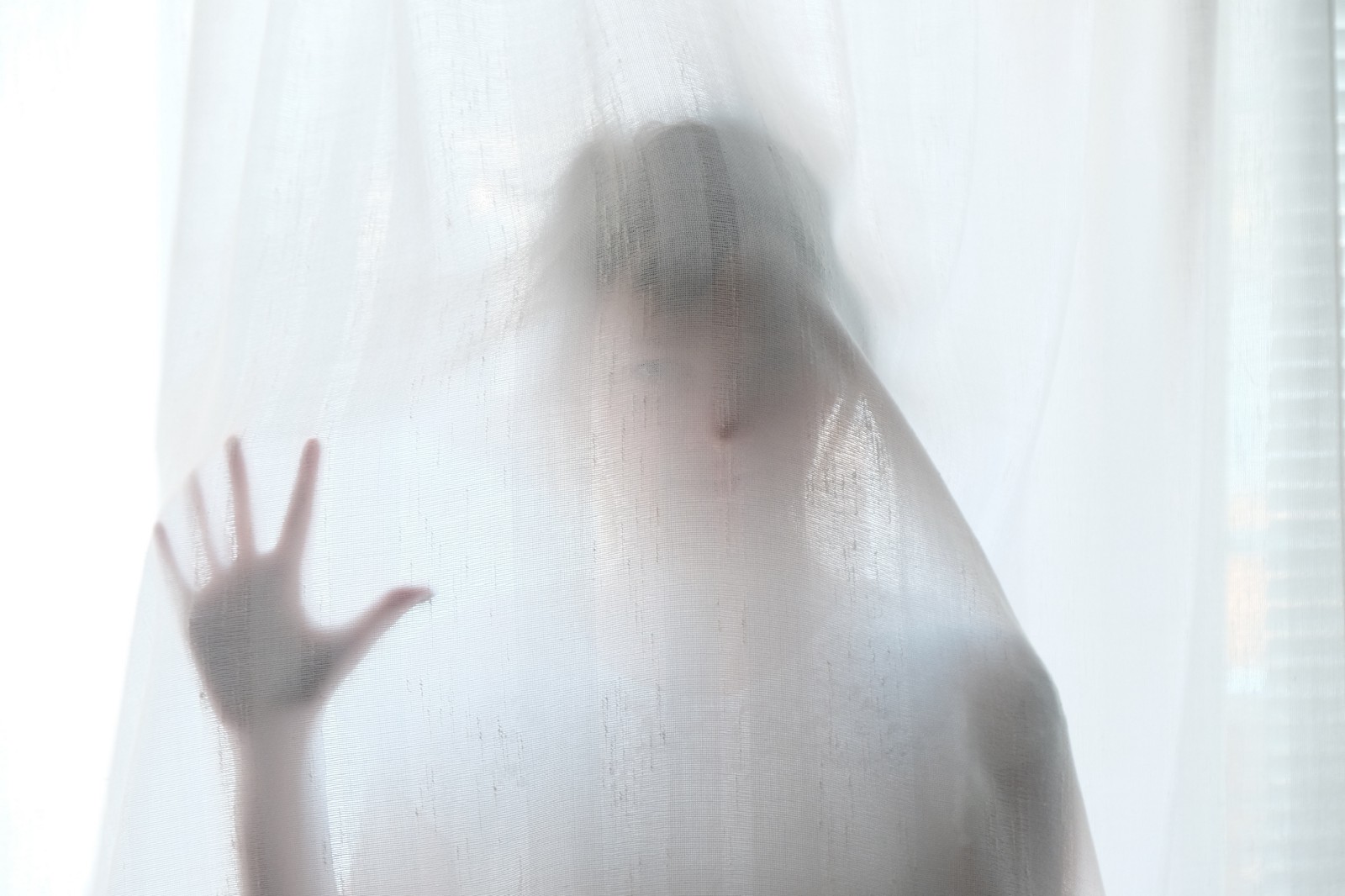Every parent knows how distressing bad dreams can be for their child. You can tell them “it’s only a dream”, but that’s never enough. To your child, on the boundary between asleep and awake, their dreams are as real to them as you are.
But there is a simple way to help them overcome their fear.
The Power of Ridiculousness
It’s very hard to get your child to think of something else when they’re so focused on the nightmare that has just scared them, but you can work that to your advantage. Spend a minute asking them a few details about the thing in their dream that scared them. Maybe find out what color the monster was, where it was stood, what it was doing. Then you can begin to change from something terrifying to something ridiculous.
Hack the Nightmare
A good example is a nightmare my son was having, where he was scared of a ghost. I asked him about it, and he said he’d dreamt the ghost was blue, and it was coming through the wall. Because the ghost was noncorporeal, he felt powerless to stop him.
I talked through the dream with him and described back to him the ghost as it moved through the wall. He found it scary to listen to, but that’s okay. When the ghost was in the room I told him to look straight at him.
I reminded him that anything can happen in a dream. And, if anything can happen, then a hat was going to suddenly appear on the ghost’s head. We imagine a yellow, wide brimmed hat with a big purple flower had appeared on the ghosts head. I asked him, “Doesn’t the ghost look silly?” He thought about this and laughed; yes it did.
If you can take something scary and add just one element of the ridiculous, then it loses it’s power to scare. It becomes funny. And, as soon as your child is laughing at something it’s impossible to be scared of it.
Double Down on the Funny
Taking this a step further, we took the source of the ghost’s power (the fact it could move through things) and turned that into something funny. The ghost is wearing this yellow hat with a big purple flower, but ghosts can’t touch things. Picturing the ghost wearing this silly hat, I described it slipping down through his head and covering his eyes. Now the ghost couldn’t see, and was bumbling around with his arms out, trying not to bump into things. This was even funnier.
As soon as you’ve found something that makes them laugh, focus on that and make it funnier. Next it slipped over their mouth and they were bumbling around, unable to see as they mumbled grumpily. I told him how the ghost began to shake himself like a dog to try and get rid of the hat, until finally it slipped down through his body and got stuck at his waist. Now the ghost was wearing the hat as a tutu. This was an even funnier image.
Finally, it was time to get rid of the ghost with a moment of slapstick. The ghost shook himself again, really hard this time, until finally the hat slipped from his waist and fell around his ankles. Thinking he had freed himself from the hat, the ghost jumped for joy! But, the ghost didn’t realize, the hat was stuck around his ankles. He jumped and tumbled backward, doing a somersault and landing on its bottom. It landed with such a bump that the ghost fell through the floor and vanished from sight.
Nothing is Scary Against the Power of Ridiculousness
He found this final moment hilarious; so hilarious that I worried he was now too awake to get back to sleep. The ghost, which had entered his room as a terrifying, unstoppable presence, had become something he found wonderfully ridiculous. It was so funny he made me tell it to him again. This second time, as the ghost came through the wall, I noticed he found it theatrically scary rather than really scary. Now, as he tried to get back to sleep, thinking about his nightmare made him laugh as he thought of the silly ghost wearing yellow hat with the big purple flower.
About
Stuart Fitzwilliam is a runner and writer living in Southern California. Following his treatment for depression, he developed a card game, Cards for Calm, that helps players deal with anxiety and negative thinking.
You can find him on Twitter at @ComicsAndNoir and @CardsForCalm.


